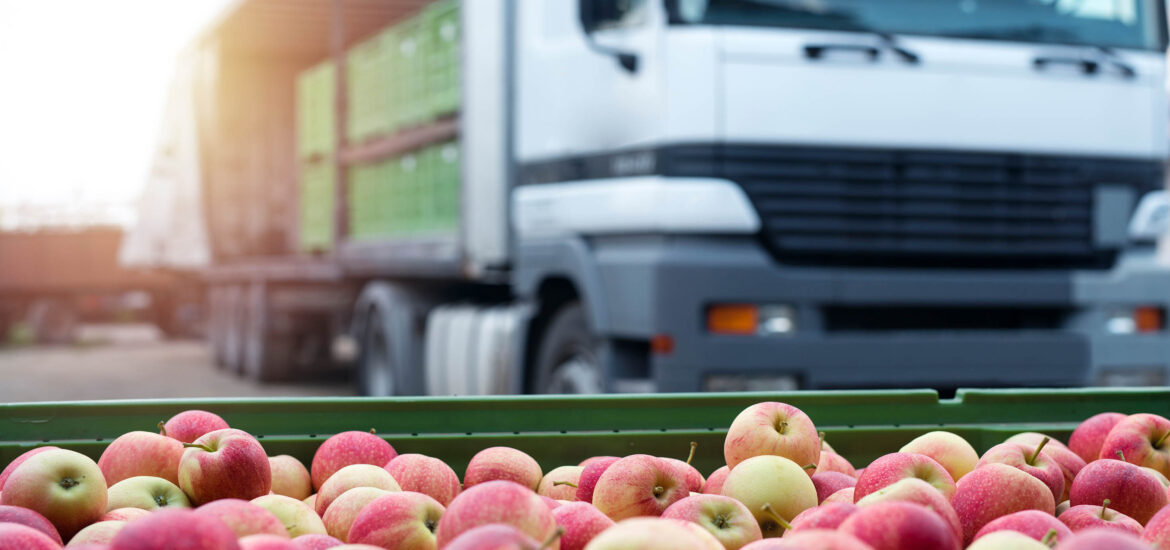With a new US president-elect making it quite clear that negotiating a UK/US trade deal is far from the top of his list of priorities – and a non-starter if it would threaten the Good Friday Agreement – there appears to be fresh impetus in talks with the European Union (EU). As things currently stand, Michel Barnier and team are back in London attempting to find a way through the remaining hurdles to doing a deal: state subsidies, and to a lesser extent, fisheries. But whatever happens, the food supply chain in the UK, and also in Europe, faces upheaval. Even if the UK government’s preferred ‘Canada’ solution is somehow secured at the last minute, trade in food will be far from the frictionless, pre-Brexit status quo. Such a deal would still involve tariffs on certain produce, customs checks at the border, and considerable regulatory controls. Frictionless trade stops on 1 January, deal or no deal. Let’s not forget, too, that the UK will have to replace all of those third-country trade deals which it currently enjoys via EU membership. That’s not impossible, but it will take time, and certainly won’t be complete by the end of the transition period. It is clear that the implications of the negotiations are swiftly moving from conceptual to real, and nowhere more so than in the food and farming sector. More than half of the UK’s food is imported, and much of it comes from the EU (85 per cent of our vegetable imports, for example). The huge lorry parks being built in Kent demonstrate how the UK government believes that international traffic is going to be affected from 1 January, and this is sure to have an impact on food supply.
Click here to learn more.
